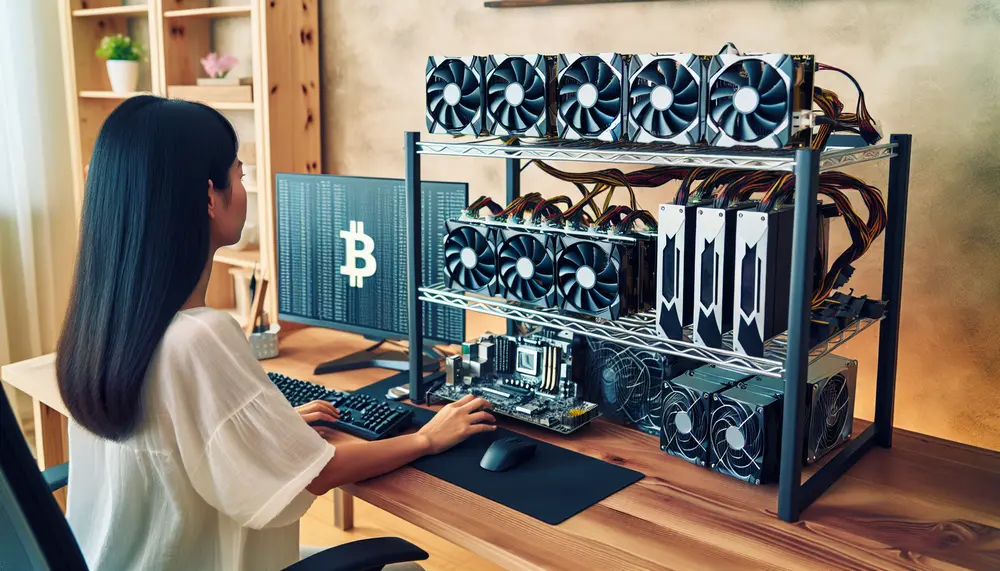GPU (Graphics Processing Unit)
GPU (Graphics Processing Unit)
What is a GPU (Graphics Processing Unit)?
In the realm of computer hardware, the term GPU stands for Graphics Processing Unit. It is a vital component of a computer or gaming console. Its primary function is to accelerate the creation of images in a frame buffer. This acceleration aids in outputting to a display device like a computer monitor. However, in terms of Bitcoin Mining, the role of a GPU extends beyond graphics.
Role of a GPU in Bitcoin Mining
Within the Bitcoin Mining context, a GPU is used as an efficient tool for processing mathematical algorithms. These algorithms validate blockchain transactions. GPUs are favoured over CPU (Central Processing Unit) for mining because of their superior computational speed and flexibility in handling complex calculations.
Why is a GPU favored for Bitcoin Mining?
Though initially, CPUs were used for Bitcoin Mining, miners soon discovered that GPUs had significant advantages. Apart from possessing the capacity to manage complex computations faster, they are also more efficient. For instance, a GPU can perform up to 800 times more instructions in one go than a CPU. Thus, GPUs offer a faster and more cost-effective solution for Bitcoin Mining.
Choosing a GPU for Bitcoin Mining
While selecting a GPU for Bitcoin Mining, the main factors to consider are its hash rate, power consumption, and cost. A higher hash rate means better mining performance, but it often comes at the expense of more power utilization. Therefore, choosing the right balance is essential to optimize your mining profits.
Blog Posts with the term: GPU (Graphics Processing Unit)

The article explains the importance of understanding Monero mining pools and their hashrate distribution, highlighting how these factors affect network security and decentralization. It also provides a guide to selecting top Monero mining pools in 2024 based on criteria such...
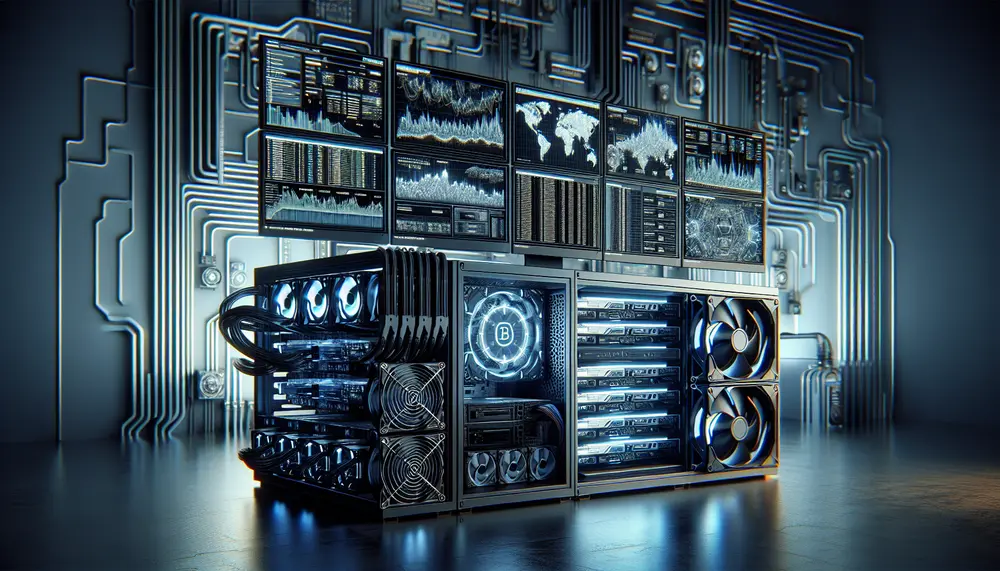
The article introduces a method of mining Ethereum (ETH) using Tether (USDT), highlighting the benefits such as stability, liquidity, and reduced risk. It provides a step-by-step guide on acquiring USDT, choosing a mining pool, setting up hardware and software for...
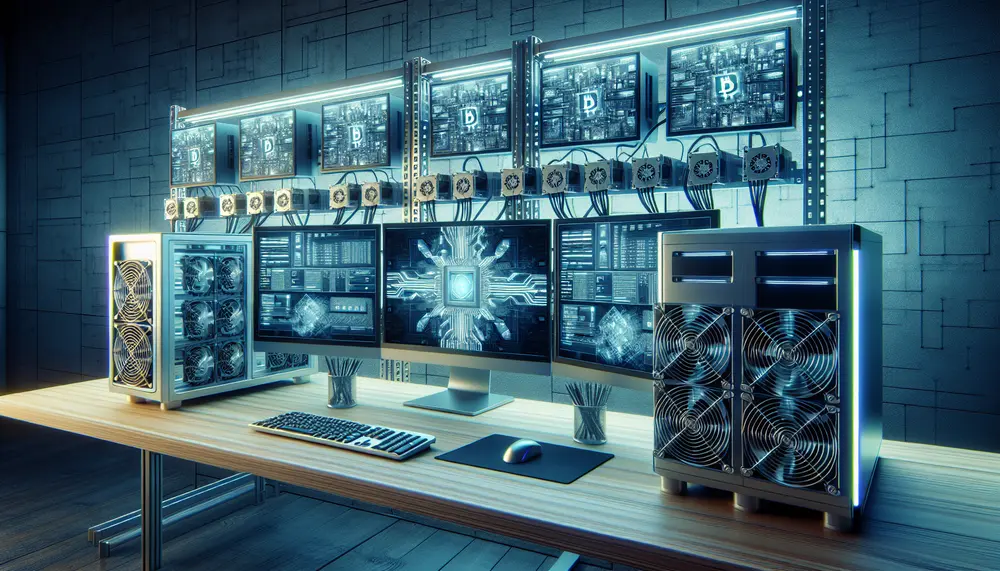
The article explores the profitability of mining Alephium (ALPH) by examining initial investments in hardware and software, electricity costs, and the benefits of joining mining pools. It highlights Alephium's unique BlockFlow technology for scalability and security through Proof of Less...

The article introduces beginners to home Bitcoin mining, emphasizing starting with altcoins due to lower equipment requirements and suggesting joining a mining pool for better success chances. It covers the basics of cryptocurrency mining, choosing appropriate hardware like GPUs or...

Ethereum mining has been pivotal in securing the network and validating transactions since its inception, evolving through significant events like the DAO Hack and major upgrades such as Byzantium, Constantinople, and Istanbul. The transition from Proof-of-Work to Proof-of-Stake marks a...

This guide provides an introduction to mining DigiByte, a decentralized digital currency known for its security and speed, detailing the necessary steps, tools, and strategies required. It covers the advantages of choosing DigiByte for mining, such as decentralization and community...

Komodo Coin mining involves using computer hardware to solve mathematical problems, maintaining the blockchain and earning rewards. Komodo uses Delayed Proof of Work (dPoW) for enhanced security by notarizing transactions on the Bitcoin blockchain; setting up a mining rig requires...

Iron Fish Gram Mining involves validating transactions on the Iron Fish blockchain using computational power, rewarding miners with Iron Fish Grams and maintaining network decentralization. This guide covers setting up hardware and software for mining, choosing between solo mining or...

This article explores how to turn a gaming laptop into a crypto mining machine, covering the basics of mining, potential profitability, and necessary equipment. It emphasizes choosing suitable cryptocurrencies like Monero or Dogecoin for effective laptop mining while considering factors...
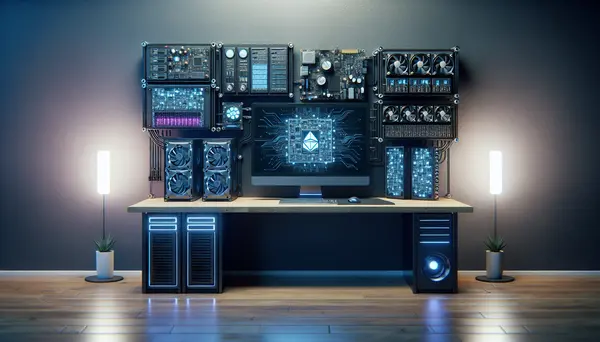
This article is a guide on how to upgrade your Bitcoin mining rig efficiently. It explains the components of a mining rig, the pros and cons of upgrading, the steps to upgrade, and choosing the right components for the upgrade....
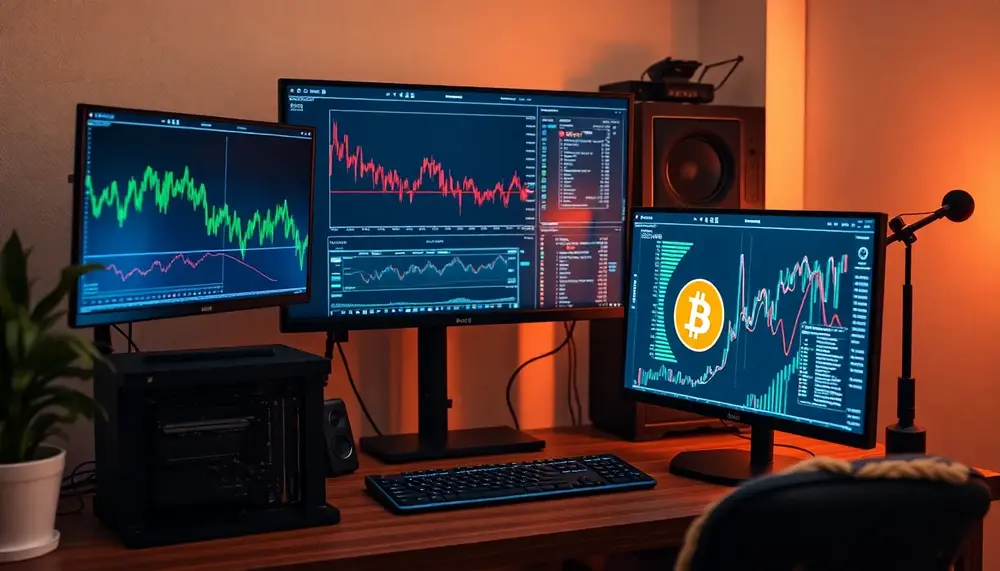
Mining Pool Org is a user-friendly platform that facilitates collaborative cryptocurrency mining, offering robust infrastructure, transparency in operations, and community support to enhance the mining experience for both beginners and experienced miners....
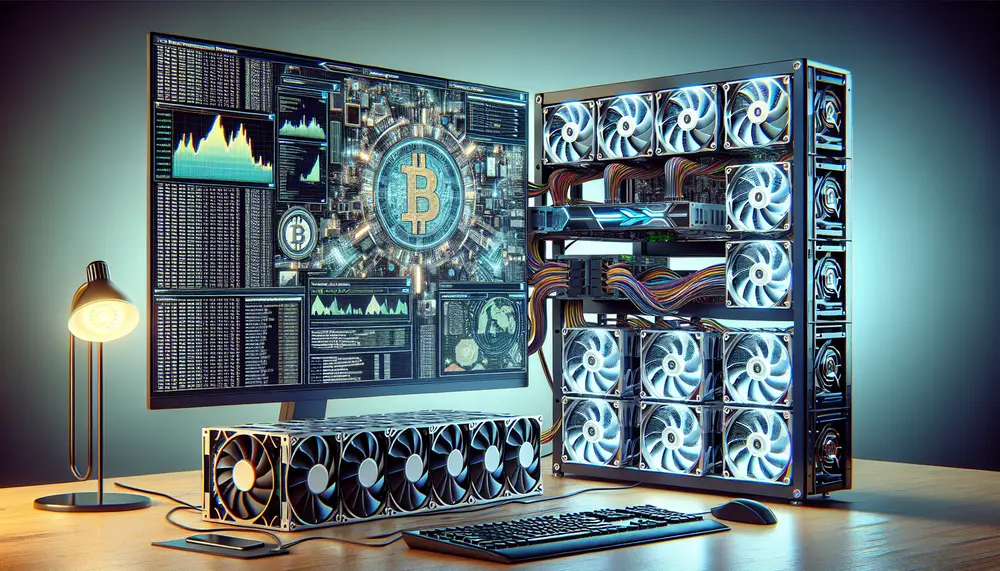
Ethereum mining on a PC involves using your computer's processing power to validate transactions and add new blocks to the blockchain, requiring specific hardware like powerful GPUs, specialized software, an Ethereum wallet, reliable internet connection, adequate power supply, and cooling...
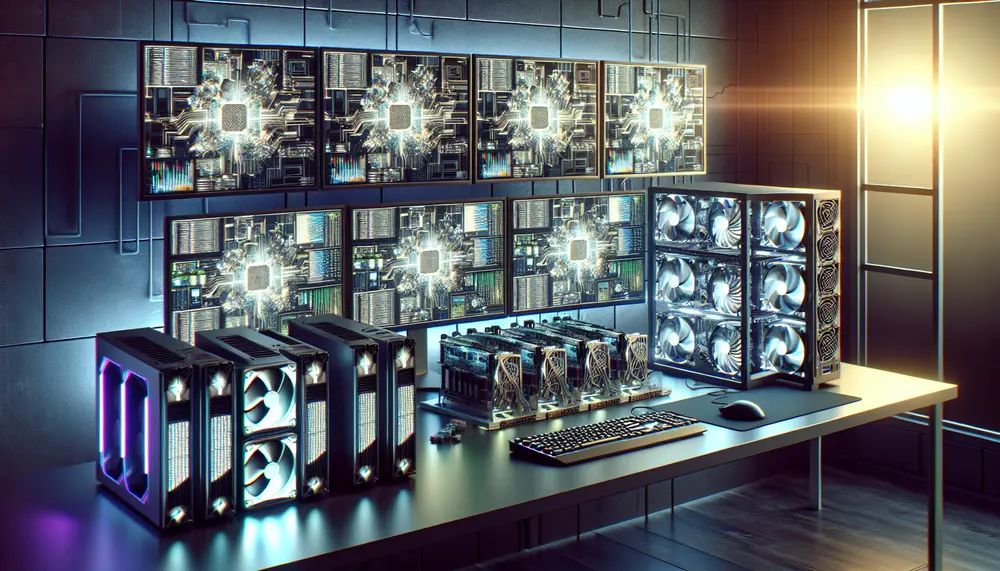
Ethereum block mining is the process of solving complex mathematical problems to validate transactions and secure the Ethereum network, ensuring its integrity and functionality. Miners use computational power to create new blocks, verify transactions, and are rewarded with Ether (ETH),...
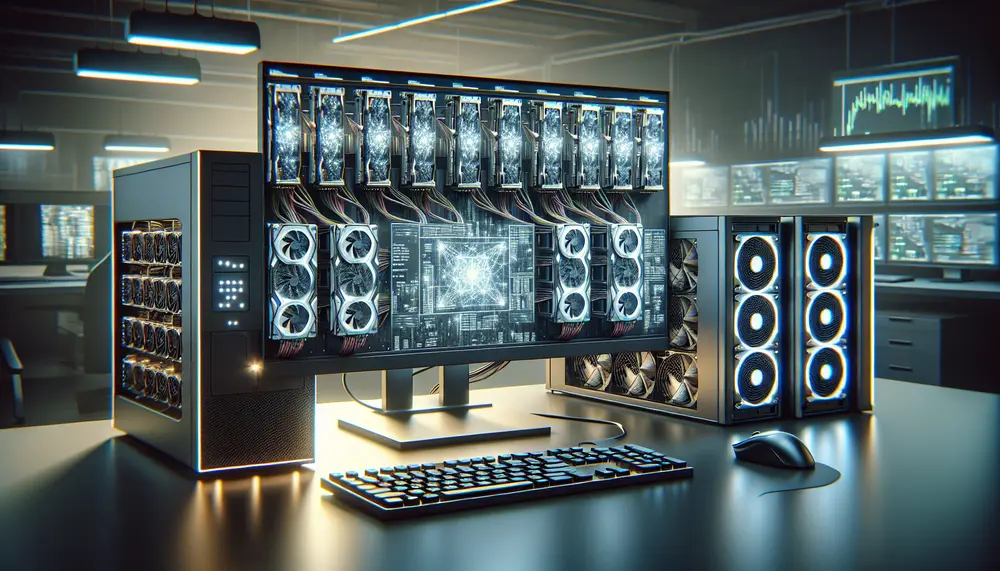
Dero coin mining offers an opportunity to earn rewards by contributing to the network's security through solving complex mathematical problems using your computer's processing power, with a focus on privacy and smart contract functionality. The Dero blockchain uses DAG technology...

